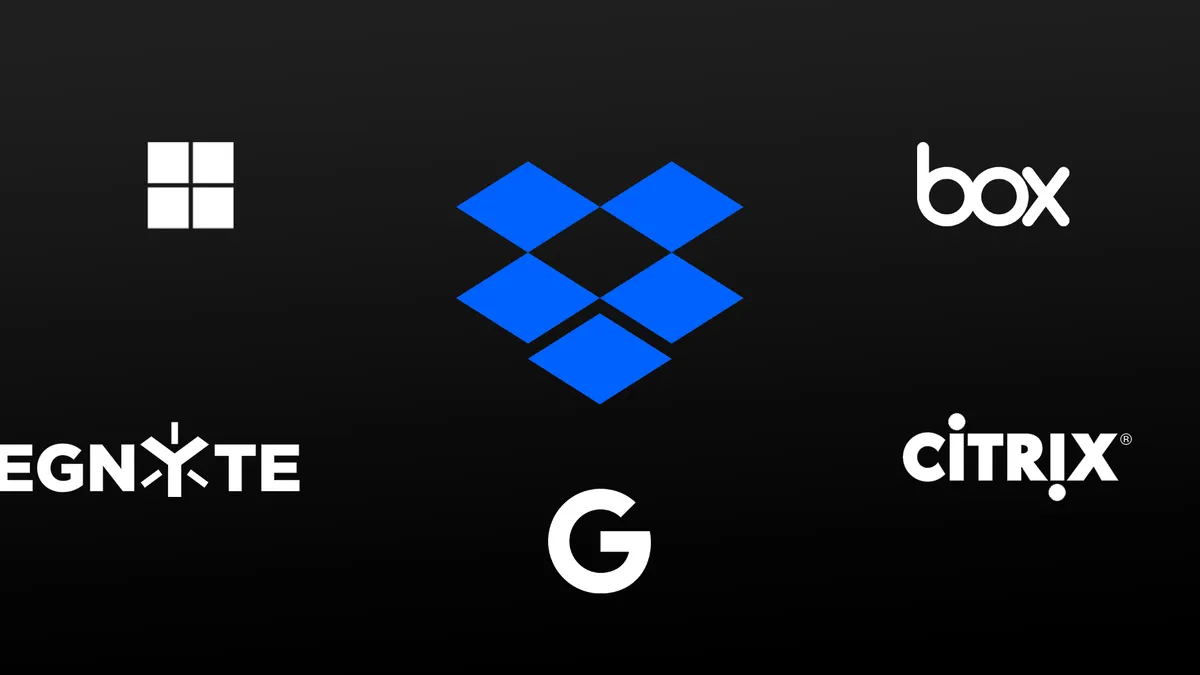Ahead of an anticipated IPO, Dropbox is rapidly unveiling industry partnerships critical to boosting its profile and necessary to increasing its client base.
Big names beget big names, and inked deals with large organizations will inspire others to follow suit onto Dropbox’s platform.
Take the deal Dropbox inked with the BBC, for example. The broadcaster migrated its troves of data off legacy platforms onto Dropbox, scaling the platform to its workforce for both storage and collaboration.
By touting household brand names (Expedia, Adidas Group and News Corp) as customers and in-depth partnerships (Salesforce, Google and Adobe) with leading enterprise vendors, Dropbox can further cultivate its image, grow beyond its reputation as a provider relegated to the SMB market and find a home in the enterprise.
Hype is already swirling around Dropbox's IPO, which is reportedly "oversubscribed." As a result, Dropbox raised its price per share by $2, to a range of $18 to $20 per share.
Eagerness aside, the company will still face significant challenges to becoming profitable.
The success of the IPO hinges on three things for Dropbox:
- Leveling the playing field with Box and standing out from other content manager providers
- Flexing its content management systems and flipping freemium customers to paid seats
- Remaining focused on its team collaboration roots: SMBs
Growing the technology backbone
While an enterprise-centric pivot is in motion, Dropbox's strongest footprint remains with SMBs, professional consumers, small agencies and collaborating teams.
But in recent years the company has made significant changes to its platform, architecture and administrative controls to make its tools more attractive to the enterprise IT buyer, according to Cheryl McKinnon, principal analyst at Forrester Research, who has closely followed Dropbox for the last four years.
Box made a similar pivot to target enterprise customers, leaving Dropbox to play "catch up," said McKinnon. "But I think they're playing that catch up at a very interesting pace."
Dropbox has increased its market appeal by rethinking who owns content in an organization. While a collective of individuals can craft scores of documents each day, leaving content ownership to an individual can inhibit knowledge transfer and access in the event an employee changes roles or leaves a company.
Instead, teams or departments manage access, which allows for unhindered access across increasingly broad business content landscapes.
Seamless collaboration is also key to Dropbox’s integration strategy. On the heels of its IPO, Dropbox has announced several critical partnerships, including deals with Google and Salesforce.
And most recently, the company announced partnerships with Aconex, BulldozAIR, Fieldwire and PlanGrid, a move which creates inroads with the construction industry.
While construction may seem like a curious focus — particularly since it is a sector notorious for slow adoption of digital tools — it’s an ideal use case to apply Dropbox technology.
"It's us really solving a problem in an industry that doesn't have a ton of modern technology," said Billy Blau, global head of business development and partnerships at Dropbox. In addition to a lot of field workers in diverse locations, the construction industry shares a lot of content, both internally and with partner companies.
Last year, construction teams shared more than 200 million files on Dropbox, from JPGs to PDFs to Excel files.
While Dropbox plans to make more announcements throughout the year about additional vertical industry partnerships, Blau said, the construction use case "is really strong there because of the heavy collaboration needs and how that's inherently across companies and across groups of people."
Do not underestimate the implications of the Salesforce deal
While Dropbox is taking a vertical industry approach to additional platform integrations, there is room for the content management system to grow across SaaS suites.
More content management providers have worked to integrate with Salesforce over the last several years, so Dropbox’s partnership is crucial and strategic for enterprise penetration. Salesforce is the dominant CRM across businesses, a pillar of the back office for its 150,000 customers.
From contracts to pitch decks, many critical enterprise documents are attached to CRMs, and organizations really want to maintain control over how they are shared or how the right version is made available, according to McKinnon.
So if the Salesforce integration allows Dropbox to gain traction as a key content repository, it could extend the model to other cloud enterprise applications, McKinnon said. "As more of these enterprise applications shift to cloud with CRM and Salesforce being a good example, can [Dropbox] build out similar integrations and be that corporate system of record in the cloud for all of these business documents related to other applications and processes?"
Dropbox currently has 60 billion API calls per month, Blau said. Part of the integration strategy is "taking the highest value, most-used applications and turning those into partner relationships."
Though the company is not ready to discuss back office integration partnerships potentially in the pipeline quite yet, "instead of building our own set of like functionality, we really rely on the partner ecosystem to provide that functionality and we build best in class APIs to connect to them," Blau said.
Dropbox wants to become the unified home for content creation, where with a single login users can access all different kinds of cloud content and can search, save and edit without having to navigate between applications.
On the big stage, Dropbox is growing its partner ecosystem, and investors and analysts are noticing. On a local platform, attention will remain on allowing users to create in a context in which they’re already working.




















